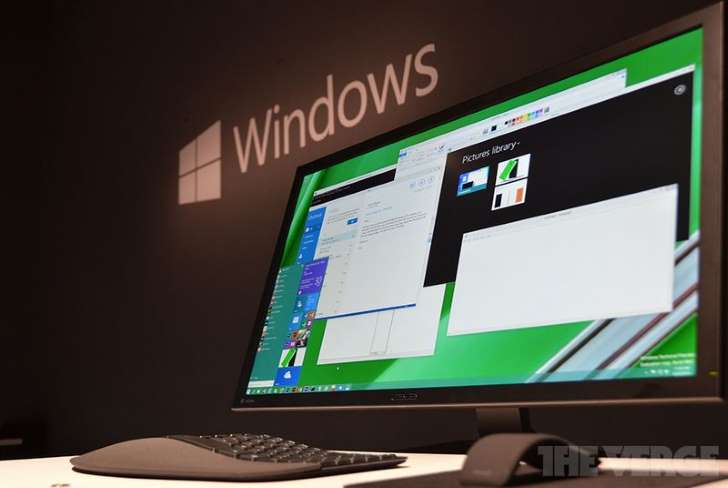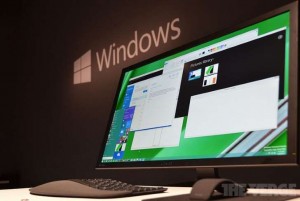Windows 10 might be bringing back the Start Menu and more friendly desktop options, but it also has some improvements that you won’t notice with all the new UI and features.
In a blog post detailing Windows 10’s storage requirements, Microsoft reveals that current preview builds of the new operating system have some rather impressive space-saving techniques. Using file compression, Microsoft has managed to give back around 1.5GB of storage for 32-bit systems and 2.6GB on 64-bit machines. The same savings and compression will also apply to phones running Windows 10 in future.Nearly 15GB of storage savings on some PCsThat’s not the only space saving, though. Windows 10’s refresh and reset options will no longer use a separate recovery image that’s usually preinstalled by PC makers. This frees up anything from 4GB up to 12GB depending on the particular PC make and model, so a total of nearly 15GB of storage savings on some machines. Phones won’t benefit from this change as they have a different recovery solution, but tablets, laptops, and desktops all using Windows 10 will see space increases.
Microsoft has long used compression in Windows, but it appears the company has found an improved way to ensure compressing system files doesn’t hinder Windows 10. Microsoft looks at the amount of RAM a system has and how fast its processor can decompress files before it uses compression on system files. “If compressed system files will give you storage capacity back without compromising your device’s responsiveness, then upgrade will automatically compress Windows 10,” notes a Microsoft spokesperson. Existing devices will benefit from the Windows 10 upgrade, alongside new machines that ship when the operating system is available later this year.







